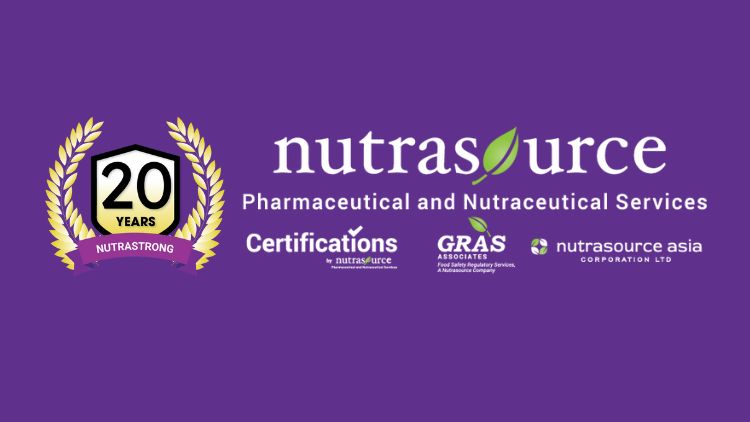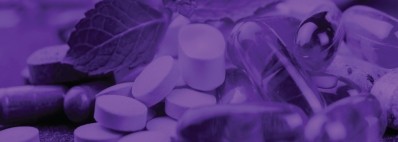Promotional Features
How to Gain Probiotic Market Share in North America
North American consumers love all-things probiotic. And yes, they want your innovative probiotic foods, beverages and supplements: the Asia-Pacific region is a global leader in the dietary supplement market, responsible for over 30% of worldwide supplement sales in 2016.
Asia Pacific probiotics companies are well-suited and poised to make a successful entrance into the North American probiotics market.
According to the new report, “Probiotics Market Size, Share & Trends Analysis Report By Product (Food & Beverages, Dietary Supplements), By Ingredient (Bacteria, Yeast), By End Use, By Distribution Channel, And Segment Forecasts, 2019 – 2025” by Grand View Research, with a share of nearly 42%, probiotics brands in APAC dominated the sector in 2018. This market has also generated a high number of new launches and product innovations by major market players such as probiotic drinks containing L. casei Shirota (LcS) with vitamins D and E, by Yakult Danone, introduced in India.
Like their Asia Pacific counterparts, North American consumers are becoming exponentially invested in alternative and natural health practices – market research predicts the U.S. probiotic market alone will generate upwards of $65 billion by 2024. North American consumers are exhibiting stronger considerable interest in Asian-inspired foods, spices, health traditions and herbal supplements, and Asian health product companies are trying to keep up with the demand.
“From our perspective, we have seen roughly a doubling of inquiries from supplement companies in Asia over last 18 to 24 months. Ingredient companies and finished product manufacturers from Asia are increasingly desirous of gaining access to the U.S. and Canadian markets,” says William Rowe, President and CEO of Nutrasource, a full-service market-entry consultant and contract research organization (CRO).
If your company is considering entering your product into the North American market, there are considerations to be aware of that will help you hasten the process and elevate your chance of successful market penetration.
Access: Canada
Canadian market access requires pre-market approval for natural health products. Product Licence Applications (PLAs) must be filed through the Natural and Non-Prescription Health Products Directorate (NNHPD) of Health Canada, and high-quality submissions attesting solely to Health Canada’s Pre-Cleared Information can be approved as soon as 60 days after receipt. The Probiotics Monograph allows for generic claims to be made on a variety of probiotic strains, including “could promote a favourable gut flora.”
Additionally, natural health product labels, including probiotic packaging, must adhere to the associated Regulations and Labelling Requirements Checklist. This includes the Natural Product Number (NPN), Medicinal Ingredient quantitative/proprietary blend breakdown, end of shelf-life potency, unique strain identifier, cryoprotectant, and claim conditions. Depending on the class of PLA, a completed Finished Product Specification form may be required to be submitted with the PLA before gaining approval by Health Canada.
Access: USA
In the U.S., products do not require pre-approval. However, they do need to comply with existing regulations as outlined by the FDA before heading to market. The two main regulatory compliance routes include Generally Recognized as Safe (GRAS) or New Dietary Ingredient Notifications (NDIN). Both roads lead to the same destination, and the appropriate regulatory pathway is selected based on the product’s unique specifications.
Probiotic label requirements in the U.S. are based on the FDA’s draft guidance on Quantitative Labeling of Dietary Supplements Containing Live Microbials, allowing for declaration of probiotics in colony forming units (CFUs) in addition to quantitatively by weight on the Supplement Facts Panel.
After successfully entering the North American market, continual monitoring for market shifts and regulatory changes is crucial. Partnering with a quality CRO will both support your journey to market access and ensure the longevity and success of your products as you expand globally.
Nutrasource is a global CRO that helps companies launch health products from concept to claim. The company has recently opened a business unit, Nutrasource Asia, in Seoul, South Korea to better serve its growing base of Asian clientele and strengthen its global regulatory approach.



